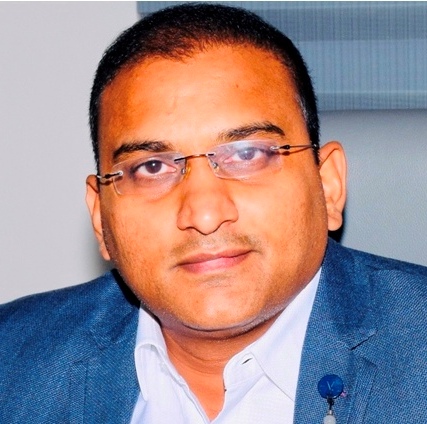
Very recently, GODI India announced the rollout of India’s first supercapacitor, and that too with fully indigenous technology. T&D India caught with up Mahesh Godi, Founder & CEO, GODI India to understand this landmark development and the positive implications that this could have on a wide spectrum of industries, especially electric vehicles. In this exclusive interview, Mahesh Godi describes the intensive R&D activities taking place at GODI India that would soon see the launch of other path-breaking products like lithium-ion capacitors. An interaction by Venugopal Pillai.
We understand that GODI India has manufactured India’s highest power supercapacitor of 3,000 farad. Is this a completely indigenous product, or was there any foreign technical collaboration involved?
It is 100 per cent indigenous product developed in-house by the R&D team of GODI India. Both Indian and international patents have been filed for proprietary technology. GODI India is manufacturing these supercapacitors at its production facility at Hyderabad.
Achieving this compact size and very high rating clearly indicates that this supercapacitor was not made with conventional technology. Please orient us with the technology employed?
The high power rating of GODI India capacitors is due to design innovations, such as, tabless electrodes, electrode active material loading, electrode porosity optimizations, selection of special grade separators and optimal welding. GODI India has also developed in-house electrolyte for better performance of these capacitors.
What are the physical dimensions of this 3,000F capacitor? Hypothetically, what would be the size of a 3,000F capacitor in conventional technology were employed?
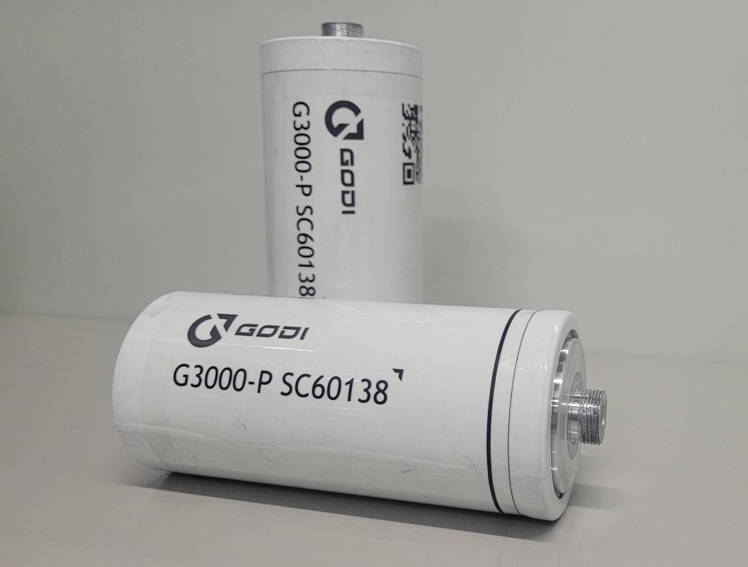 We have developed 3,000F capacitor in cylindrical cell format (60138). The diameter and height of the cell is 60mm and 138 mm, respectively. In conventional technology, the available supercapacitor in international markets has the similar dimension (60138).
We have developed 3,000F capacitor in cylindrical cell format (60138). The diameter and height of the cell is 60mm and 138 mm, respectively. In conventional technology, the available supercapacitor in international markets has the similar dimension (60138).
GODI India does not change the physical format considering the end users benefit as they need not have to change their supercapacitor pack dimensions. However, GODI India focused on reducing the weight of the capacitor so that the overall energy density is increased.
Where do you see the application of this 3000F supercapacitor?
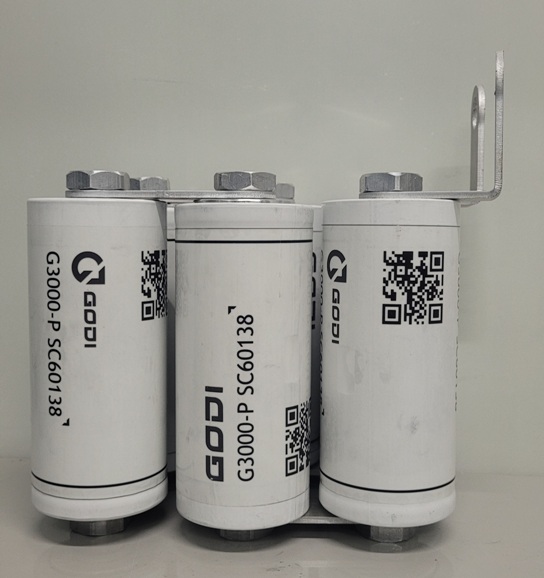 We may use this high-power supercapacitor in automotive products, energy storage, lifts, regenerative braking systems, voltage stabilization in start/stop systems, backup power, wind turbine pitch control, electric delivery truck or bus, energy recovery for elevators, automated guided vehicle, port crane energy recovery, active heave compensation, uninterruptable power supply (UPS) for medical devices such as MRI, and power smoothing in micro-grid.
We may use this high-power supercapacitor in automotive products, energy storage, lifts, regenerative braking systems, voltage stabilization in start/stop systems, backup power, wind turbine pitch control, electric delivery truck or bus, energy recovery for elevators, automated guided vehicle, port crane energy recovery, active heave compensation, uninterruptable power supply (UPS) for medical devices such as MRI, and power smoothing in micro-grid.
Supercapacitor can maintain its performance in very abusive conditions as extreme temperature conditions ranging from -40 to +60 degree centigrade.
What is the specific role that capacitors play in electric vehicles? In this reckoning, how does the use of supercapacitors improve EV performance?
Supercapacitors offer more than a million of cycle life along with quick charge and discharge periods. They are therefore the ultimate solution for start stop, regenerative braking, and instant acceleration. The lifespan of the EV battery can be increased manifold while also enhancing driving performance by reducing the load on it by battery-supercapacitor hybridization. This improved lifespan of battery, eventually reducing the overall cost of ownership.
Tell us about GODI India’s Hyderabad facility. What types of supercapacitors do you currently produce there?
We are developing different kinds of energy storage products — lithium-ion cells, sodium ion cells and capacitors — at our Hyderabad facility. In capacitors we have different sets of products like EDLC (Electric Double Layer Capacitor) and LIC (Lithium-Ion Capacitors). The capacitance of capacitors is in the range of 600F to 3,000F, at present. Additionally, supercapacitors with higher capacitance (6,000F to 8,000 F) and higher cell voltages are under development.
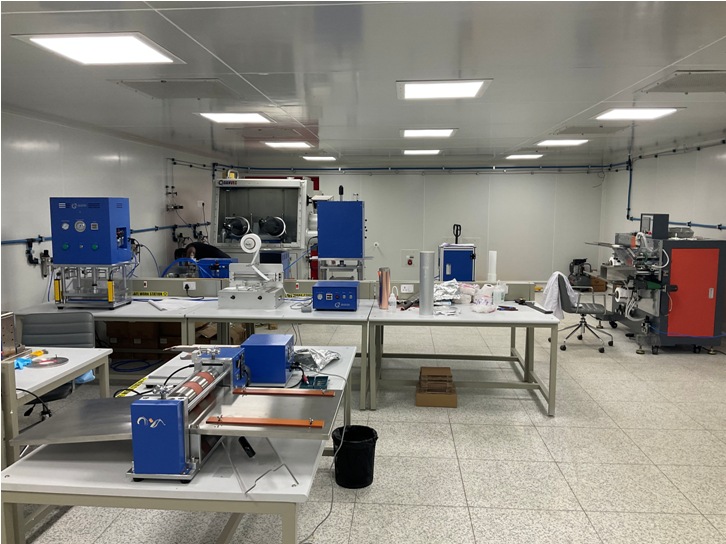
It is very evident that GODI India has a strong R&D facility. Tell us more.
We are having 70+ members who are working very hard towards R&D and new product development. Our goal is to make innovative and environment friendly products for our customers. We are working on products which may not require toxic solvents for manufacturing. We have 30+ PhDs in our team who did their research from renowned Indian and foreign institutes. We have chosen the research talent from all over the world. In Hyderabad, we have our R&D lab and a pilot line. Also, we have a cell manufacturing facility at Chennai in collaboration with CSIR-CECRI. We have more than 25 patents either filed or under filing.
We understand that GODI India has planned to develop high-voltage lithium-ion capacitors. Please elaborate whilst focusing on the application areas and the efficiency derived.
Yes, GODI India is developing lithium-ion capacitor with working potential of 3.8V aiming to provide a solution which can offer both high power and energy in a single cell. The lithium-ion capacitor can ensure instant charging with higher energy density as compared to a traditional supercapacitor. This can be implemented for any application that requires high power along with moderate energy, and having limited-space concern.
What about hybrid capacitors that GODI India is planning to produce? We learn that such capacitors could even replace Li-ion batteries in the future.
GODI India is planning to produce hybrid capacitors having both the characteristics of batteries and capacitors within a single device. GODI India is planning to achieve energy densities of hybrid capacitors closer to 100Wh/kg that are higher than a few select types of Li-ion batteries and hence an opportunity to replace such Li-ion batteries.
Please tell us more about the new supercapacitor facility that GODI India has proposed.
GODI India is planning to set a 200kWh supercapacitor production facility by 2023. It has been made sure that all the raw materials to fabricate the high power is available within the boundary of India.
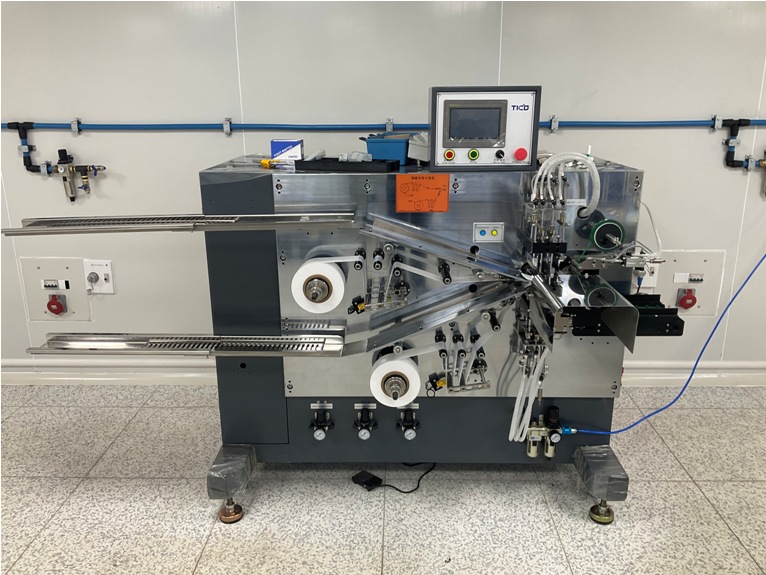
Globally, how big is the supercapacitors industry today, and what is its envisaged growth? Can we presume that e-mobility will primarily drive growth in the global supercapacitors industry?
Current global supercapacitor market is around $6 billion. The market may increase to $25 billion by 2030. The use of supercapacitor not only enhances the efficiency (mileage, start-stop and pick up etc.) but also improve the battery life of EV by many folds. It can be assumed that the e-mobility will primarily drive growth in the global supercapacitors industry.
On the same lines, how do you see the future for supercapacitors in India? What are GODI India’s plans to develop, sustain and grow the emerging supercapacitors industry in India?
As the all the raw materials to fabricate supercapacitor is available in the country, India can lead the supercapacitor industry and export to different part of the world.
Since battery pack cost is a major concern for electric vehicle, by implementing battery supercapacitor hybrid energy devices in EVs, can increase the battery pack life and may significantly reduce the ownership cost.
Currently, GODI India has a pilot production line facility of 50kWh and aiming to set up a 200kWh supercapacitor production facility by 2023.
Photographs seen in this interview relate to GODI India’s 3,000F supercapacitor and the company’s manufacturing facility at Hyderabad.


